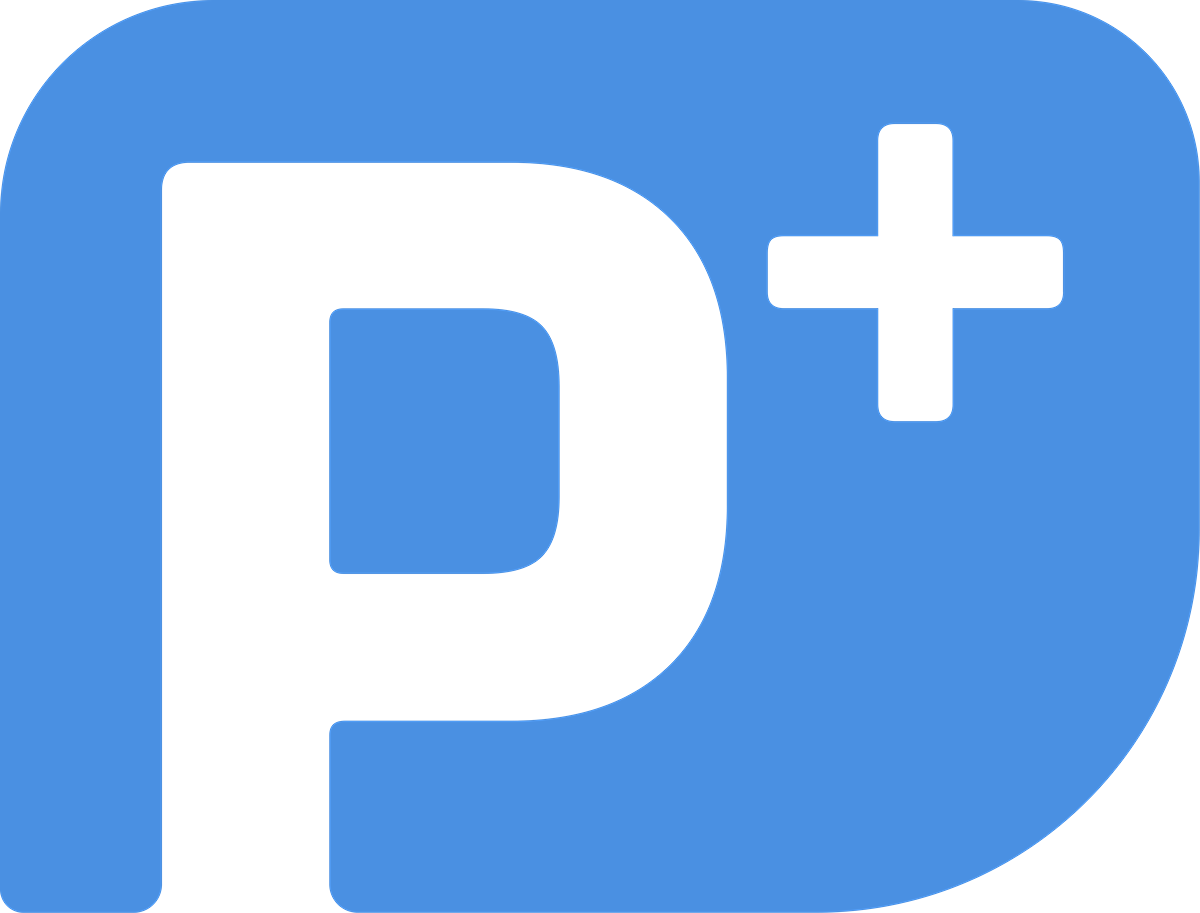Maximizing Business Development ROI: Why Less Is More
Author: David Ackert
Business development is often viewed as a numbers game—more meetings, more networking events, more outreach. However, the most successful rainmakers take a different approach. Instead of chasing quantity, they focus on quality.
A strategic, relationship-driven business development approach demonstrates why a “less is more” mindset leads to greater success. By identifying and nurturing a select group of key relationships, business developers can achieve higher ROI with less effort.
How the 80/20 Rule Refines BD Efforts
The Pareto Principle (80/20 rule) suggests that:
80% of revenue typically comes from 20% of a firm’s clients.
80% of high-value referrals come from 20% of a professional’s network.
Despite this, many would-be rainmakers spread themselves too thin, engaging with too many prospects who are unlikely to convert. Instead, a focused approach identifies high-value contacts who drive the most business.
Why Time-Strapped Business Developers Benefit from a More Focused Approach
Business developers operate in a billable-hour environment, making time their most valuable asset. A targeted BD strategy ensures that every interaction has maximum impact. Instead of engaging with 50+ weak contacts, a business developer should:
Identify 9-35 high-impact relationships.
Dedicate consistent time to engaging with these contacts.
Use strategic follow-ups to deepen relationships and generate new business.
This focused approach leads to better business results while reducing BD fatigue. A case study from a mid-sized law firm showed that lawyers who followed a structured BD strategy reported spending 30% less time on BD with double the results. Furthermore, by building deeper relationships, business developers can position themselves as trusted advisors rather than transactional service providers. Strong relationships lead to repeat business, client referrals, and greater long-term stability.
Tips for Implementing a Systematic, Relationship-Driven BD Strategy
To execute an effective BD plan, business developers should:
Track Progress: Use a CRM or BD tracking tool to monitor relationship-building efforts.
Leverage Strategic Introductions: Ask key contacts for warm introductions to high-value prospects.
Create a BD Routine: Set aside time each week for targeted outreach and relationship nurturing.
Develop a Value-First Mindset: Instead of asking for business, focus on providing insights, referrals, or introductions that position you as an indispensable resource.
Conclusion
Business development rewards precision and the same should apply to your growth strategy. By shifting focus from quantity to quality, professionals can maximize ROI, build stronger client relationships, and achieve sustainable growth year over year. A well-managed business development strategy ensures that every effort is intentional and aligned with long-term success.
Next Step: To get started, identify your top 10 high-value connections and set a strategy to deepen those relationships. Chart your progress each quarter; you’ll see the impact of a focused, strategic approach that yields far better results than traditional networking alone.
Download free tools and worksheets from The Short List to help you apply essential strategies and take actionable steps toward advancing your business development goals.
